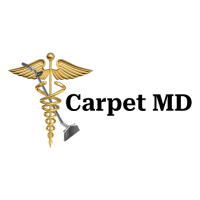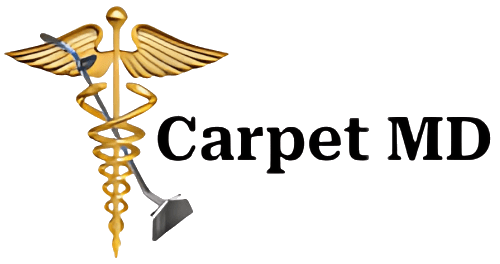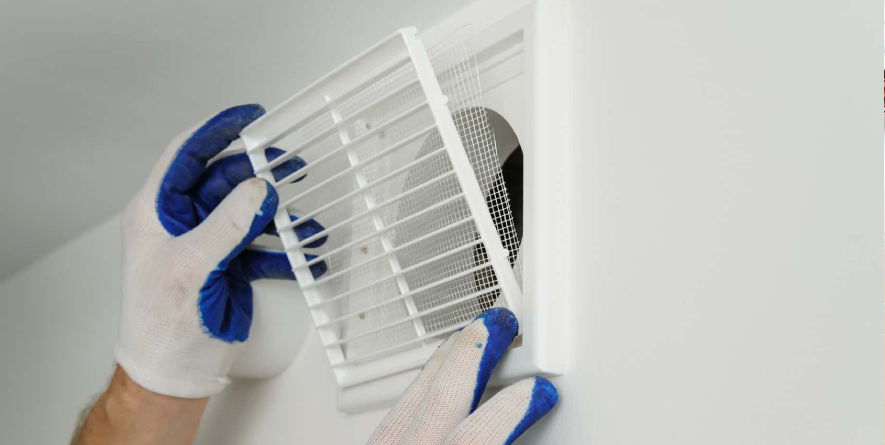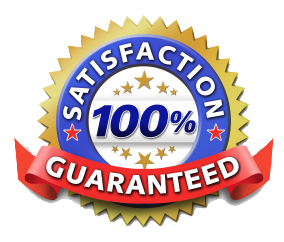Air duct cleaning is a critical maintenance task that ensures the efficiency and longevity of HVAC systems while improving indoor air quality. Over time, ducts can accumulate dust, mold, allergens, and even vermin remnants, which may pose health risks, reduce energy efficiency, and shorten your system’s lifespan. Homeowners and commercial property managers often wonder how often ducts should be cleaned and what indicators signal the need for professional cleaning. This article provides comprehensive guidelines on air duct cleaning frequency, highlights the key signs that cleaning is needed, and explains the benefits, professional processes, and factors influencing cleaning intervals. With concerns ranging from pet dander affecting the respiratory system to the buildup of airborne pollutants such as pollen and debris, staying informed on proper maintenance can help prevent costly HVAC repairs, reduce indoor allergens, and enhance energy efficiency. In households with pets, considering a pet stain removal service can further ensure that both visible and unseen residues are effectively managed. Experts recommend routine cleaning—especially for properties with heavy occupancy, pets, or specific health concerns like asthma—to protect indoor environments and extend HVAC performance. The following sections address signs of dirty ducts, benefits of cleaning, maintenance frequency, professional cleaning processes, and common questions to guide homeowners and businesses in maintaining optimal indoor air quality.
What Are the Key Signs You Need Air Duct Cleaning?
Determining when air ducts require cleaning involves noticing signs of poor indoor air quality. A clear indicator is the presence of excessive dust and debris inside ducts, often visible at system vents. Homeowners may also experience frequent sneezing, coughing, or worsened allergy and asthma symptoms due to contaminants circulated by the HVAC system. An unusual musty or stale odor from vents can further suggest mold or mildew growth inside the ducts.
How to Identify Poor Indoor Air Quality From Dirty Ducts
Poor indoor air quality is directly linked to the accumulation of dust, pollen, pet dander, and other allergens. When these particles become airborne from dirty ducts, occupants can suffer respiratory irritation and allergy symptoms. Regular monitoring through professional assessments or DIY methods (such as using particle counters) can help detect the deterioration of air purity caused by neglected ductwork.
What Are Common Allergens and Contaminants in Air Ducts?
Air ducts may harbor various allergens including pollen, pet dander, dust mites, and mold spores from moisture. These contaminants settle over time and are re-circulated when the HVAC system runs. Additionally, ducts can accumulate pollutants like bacterial biofilms, sediment, and particulate matter from construction dust or water damage, all of which may trigger allergic reactions and serve as breeding grounds for bacteria and viruses.
When Does Visible Dust or Mold Indicate Immediate Cleaning?
Visible dust or mold on ducts or vent covers signals that cleaning is urgent. Mold indicates moisture infiltration and creates a favorable environment for microbial growth. If dark, slimy patches or an earthy odor are observed, homeowners should seek professional duct cleaning immediately to avoid exacerbating respiratory issues and incurring costly repairs.
What Are the Benefits of Regular Air Duct Cleaning?

Regular air duct cleaning enhances HVAC system efficiency and improves indoor air quality. Clean ducts support better airflow, which increases system performance and can lower energy bills. Removing dust, allergens, and other contaminants reduces the risk of airborne pollutants, contributing to a healthier living and working environment. Studies have linked cleaner indoor air with fewer respiratory issues and reduced allergic reactions, especially in homes with pets or occupants prone to asthma.
How Does Cleaning Improve Indoor Air Quality and Health?
Removing pollutants through air duct cleaning lowers overall exposure to allergens like dust, pollen, and pet dander. By filtering out these contaminants, the process can reduce instances of respiratory discomfort and provide a healthier environment for individuals with asthma or chronic allergies. Fresh, clean air circulated throughout a property is key to maintaining better indoor air quality.
Can Air Duct Cleaning Enhance HVAC Efficiency and Reduce Costs?
When ducts are clogged with debris, the HVAC system must work harder, leading to increased energy consumption and higher operating costs. Regular cleaning removes this buildup, improves airflow, reduces strain on components like the air handler, and can extend system life. Numerous case studies have shown energy savings and fewer maintenance calls after routine duct cleanings, highlighting the economic benefits alongside improved health outcomes.
What Role Does Cleaning Play in Allergen and Dust Reduction?
Consistent cleaning prevents settled dirt, mold, and pollen from being re-circulated every time the HVAC system runs. This is especially important in households with pets, where pet hair, dander, and skin cells add to the dust load. Over time, reduced allergen levels lead to noticeable improvements in air quality and lower the risk of costly HVAC repairs by ensuring the system runs optimally.
How Often Should You Clean Your Air Ducts?
The recommended frequency for cleaning air ducts depends on factors such as the property location, occupancy, pet presence, and overall indoor air quality. Residential systems should typically be checked every three to five years, while commercial properties—in high-traffic or high-pollution areas—might require more frequent cleaning. Indicators like detectable odors, visible dust accumulation, and increased allergy symptoms should prompt earlier cleaning regardless of the scheduled interval.
What Factors Influence Air Duct Cleaning Frequency?
Cleaning frequency is influenced by environmental conditions and usage patterns. Homes in urban or industrial areas may accumulate dust faster due to higher ambient pollution, whereas rural homes might need less frequent cleaning. Properties with pets accumulate more dander, prompting more regular cleaning. Additionally, the age of the HVAC system, recent renovations, or water damage can also affect how often ducts require maintenance.
Recommended Cleaning Intervals for Residential vs. Commercial Properties
For most residences, industry guidelines recommend professional cleaning every three to five years, although homes with pets or smokers might need cleaning every two to three years. In contrast, commercial properties—especially those with high occupancy—may require annual or even semi-annual cleaning to maintain system efficiency and high indoor air quality. Settings like restaurants and hospitals often enforce stricter cleaning schedules to avoid air quality issues.
How Does HVAC Usage Affect Cleaning Frequency?
The extent of HVAC system usage directly impacts duct cleanliness. Systems that run continuously or are under heavy load during extreme weather are more prone to dust buildup. Prolonged failures to clean can reduce airflow efficiency and increase energy consumption. Homeowners should reassess cleaning frequency if their HVAC system is in constant use, particularly during peak heating or cooling seasons.
How Is Professional Air Duct Cleaning Performed?
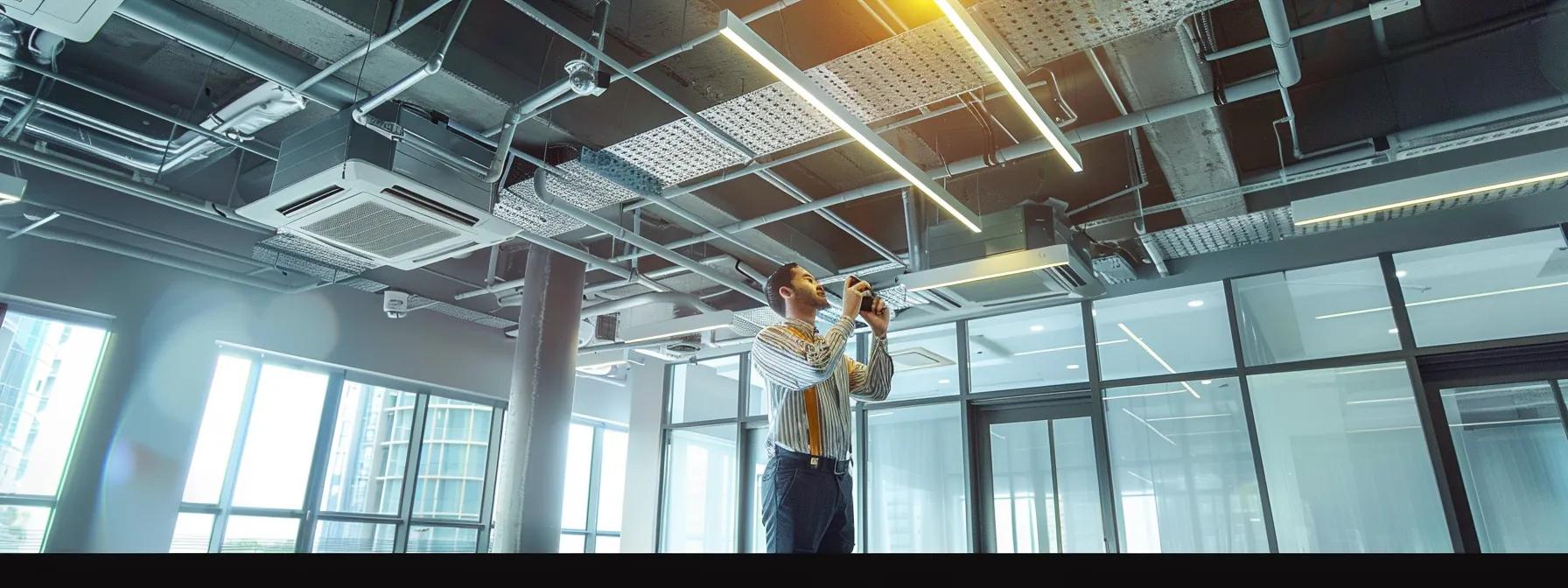
Professional air duct cleaning follows systematic steps using specialized equipment to remove contaminants and debris from the HVAC system. Certified technicians begin with a thorough duct inspection using high-resolution cameras and diagnostic tools. They then use powerful vacuum systems to create negative pressure inside the ducts, combined with rotary brushes and compressed air to dislodge stubborn particles. A post-cleaning inspection verifies that dust, mold, and debris have been removed, ensuring optimal indoor air quality and system efficiency.
What Equipment and Techniques Do Certified Technicians Use?
Technicians employ advanced tools such as high-powered vacuum systems with HEPA filters to capture microscopic particles and airborne pollutants. Rotary brushes help remove residues from duct surfaces, and compressed air tools dislodge trapped debris in hard-to-reach spots. Inspection cameras are used to verify the cleanliness of the ducts after the service. The integration of these technologies ensures an efficient and safe cleaning process, providing lasting improvements in air quality and HVAC performance.
Frequently Asked Questions
Q: How do I know if my air ducts need cleaning?
A: Signs include visible dust buildup, musty odors, increased allergy symptoms, and reduced HVAC efficiency. Water damage at home is also a clear indicator that professional cleaning is necessary.
Q: Can regular cleaning really improve HVAC efficiency?
A: Yes. By reducing dust and debris buildup, regular cleaning enhances airflow, lowers energy consumption, decreases operating costs, and extends system longevity.
Q: Is it safe to clean air ducts myself with household tools?
A: DIY vacuuming may help with surface dust, but proper duct cleaning requires specialized tools and techniques. Professional cleaning ensures complete removal of microscopic particles and contaminants without damaging the system.
Q: What health benefits can I expect from clean air ducts?
A: Clean air ducts significantly improve indoor air quality by reducing allergens, dust, and microbial contaminants. This is especially beneficial for people with asthma, allergies, or respiratory issues.
Q: How long does a typical professional air duct cleaning take?
A: Most residential jobs take between 3 to 5 hours, while commercial systems with larger or more complex networks may need additional time.
Q: How often should commercial properties have their air ducts cleaned?
A: Commercial properties, especially those with high occupancy or located in polluted areas, are usually recommended to have duct cleaning done annually or semi-annually to maintain high indoor air quality.
Q: Will air duct cleaning remove mold completely?
A: Professional cleaning can reduce or remove mold from air ducts; however, if there is a significant infestation, additional remediation may be required. Addressing the underlying moisture issue is also essential to prevent recurrence.
Air Duct Cleaning Guide: Quick Links to Key Sections
Regular air duct cleaning is essential for maintaining energy efficiency and protecting the health of building occupants. Clean air ducts minimize allergen and pollutant exposure, promote better HVAC performance, and can lead to significant energy savings over time. Homeowners and businesses should consider environmental factors, system usage, and the presence of pets or moisture when setting cleaning intervals. By investing in professional services and adhering to recommended guidelines, consumers can safeguard indoor air quality and extend the lifespan of their HVAC systems. This proactive approach results in cleaner, healthier air and more cost-effective maintenance overall.
